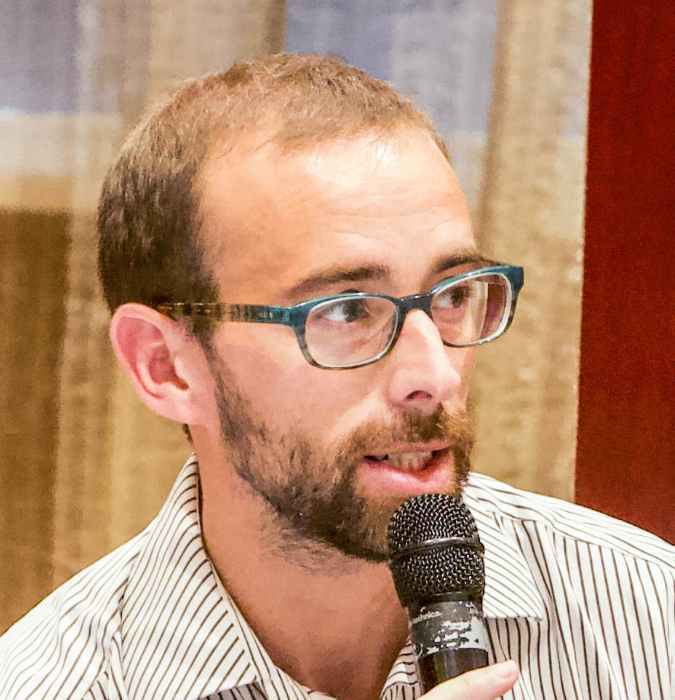After a few years researching and working on sanitation, I feel (felt) that I have a good knowledge about the topic, or at least good knowledge of most of it and a clear picture of the areas I should learn more about. Moreover as a shit-worker I – and probably most of us in the sector – have developed a sort of pride or even vanity about being a herald of a neglected cause…
Last week at the UNC Water and Health Conference I was humbled and even slightly embarrassed when I ‘discovered’ the world of children’s faeces in an exciting side session: ‘What to Do with Infant Poo? Evidence-based Programming to support safe disposal of young children’s faeces’. Convened by WSP, UNICEF and USAID / WASHPlus Project, the session included presentations of experiences from Kenya, Bangladesh and Cambodia, followed by group work on ways forward.
It is not that I ignored everything about child faeces; I had read something, had had some coincidental observations while staying in Indian villages, where I also included the issue partially in household surveys by gathering information of individuals’ defecation practices. But overall my knowledge was limited to the fact that child faeces have more pathogens than adult shit, and therefore should be disposed of safely; I had not fully acknowledged the complexities of the issue and kind of took for granted that improvements in adult sanitation would automatically lead to better management of child faeces. I was thus struck by a study in Bangladesh (by ICDDR,B), a country where adult open defecation is minimal, that showed that only 11-14% of children’s faeces are disposed of in latrines.
I had also not reflected about of the different defecation practices by age groups (my nephew is still in the nappy-phase) which vary country to country and require specific approaches. In Cambodia, for instance, Watershed’s research has shown that children up to six months, not having control over their bowels, rely on nappies (either disposable or reusable – more or less rudimentary). From seven months to two years they generally defecate openly, mostly in the courtyard. From two to five years they start using the potty or the latrine if available.
Finally, I had not given much thought either to how the different choices impact the environment and the implications in terms of solid and liquid waste management. In Cambodia again, in villages with high latrine coverage, when potties are used, in 92% of the cases these are emptied in latrines. Faeces in the courtyard are removed with a scoop or an improvised tool, just to be thrown farther away or in the trash. Baby’s disposable nappies always end up in the trash, which is mostly burnt or buried. Cloth diapers – used by 30% – are emptied in the latrines and then cleaned, but the resulting wastewater is again disposed of in or near the courtyard.
So what to do about children faeces?
The Bangladesh experience was based in supporting caregivers in potty training and promoting the best potty after a test of different models available in the local markets. In Cambodia, efforts have been made to develop potty designs that are more stable than those traditionally used, which small children cannot use on their own. In parallel, WSP and UNICEF are developing 25 country profiles summarising available data on child faeces disposal and providing ideas to strengthen safe practices.
These emergent efforts are very interesting… but very scarce. We need more people and more organisations that engage in this topic and contribute take children faeces out of the blind spot. Please share your thoughts and any related experience you know about!




